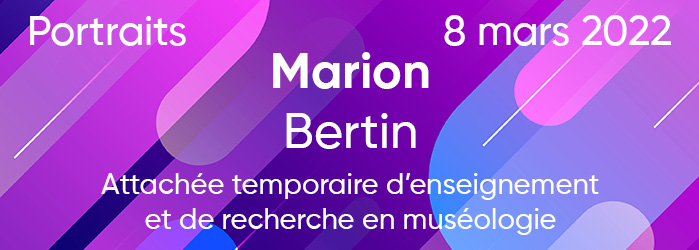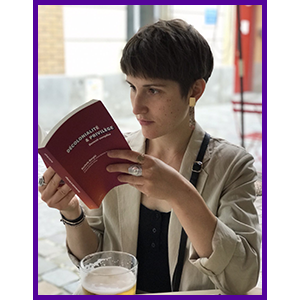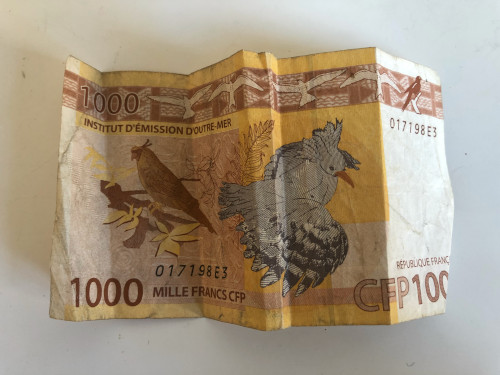[Portrait] Marion Bertin, Temporary Teaching and Research Associate (ATER) in Museology


What is your research about?
I am an anthropologist, museologist and art historian. My research focuses on the circulation (material and digital) of Oceanic objects in private and public collections. I am interested in the history and biographies of these objects which may be kept in museums or traded on the art market. Through their circulation, I observe the different ways in which they are viewed, classified, exhibited and finally valued, in patrimonial, emotional, aesthetic or financial terms, throughout the world.
What are your current scientific activities?
Member of the association CASOARI will be in residence until the end of June 2022 at the Institut national d'histoire de l'art (INHA) in Paris as part of the INHALab. There we will organise film sessions and seminars on introductory oceanic research. [INHA agenda]. I am also on the scientific committee of the next symposium of the International Committee for Museology (ICOFOM), which will take place in Prague in August 2022 and will focus on taboos in museums and museology.
Why did you choose to work in academic research?
The taste for transmission (with my students, as well as with a wider and more varied public) and the desire to value free thinking and critical thinking and explain my choice to work in university research.
What advice would you give to people who want to do research?
The world of research can be particularly harsh, hostile, often lonely and unequal. Surround yourself with the right people, for their human and intellectual qualities, in your professional life as well as your personal life.
What object or image from your business best illustrates you?
It is a banknote of 1,000 Pacific francs, the currency used in New Caledonia where I went for my research. One of the guides gave it to me during a guided tour of the New Caledonian museum: presenting an object by introducing oneself is a mark of welcome in Kanak societies, and the exchange of objects is fundamental for establishing relationships.

Review its MidiSciences
"Oceanian heritage here and elsewhere: circulations, absence and distance".
The laboratory
>> Read more
The portraits
Mis à jour le 22 December 2022